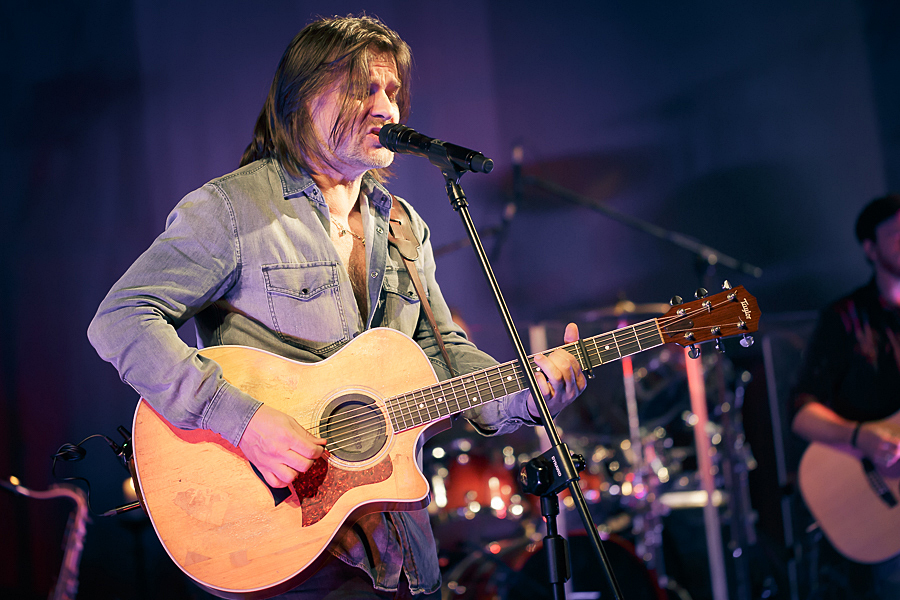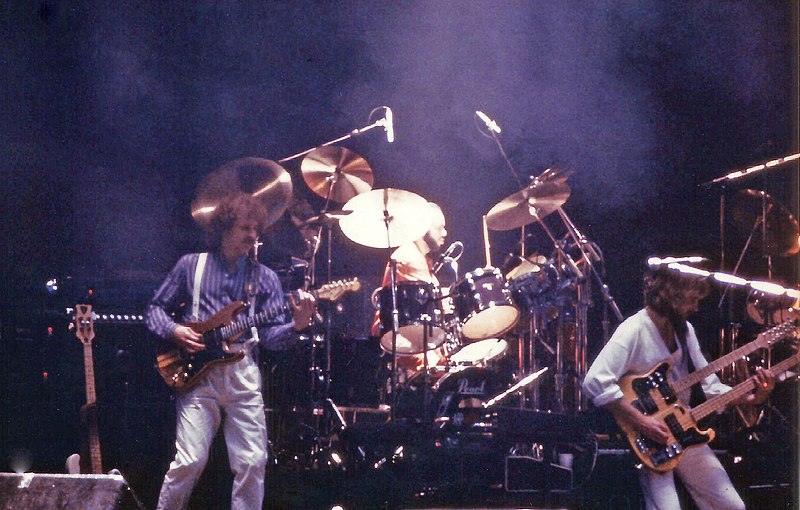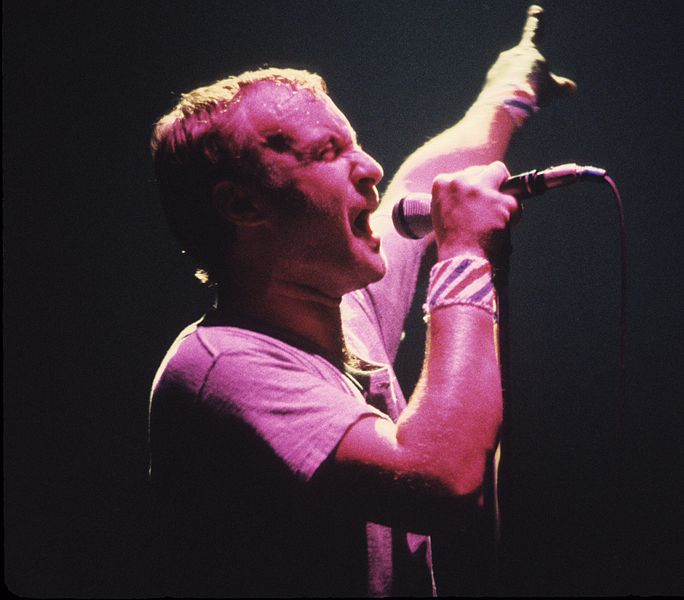Peter Gabriel’s first performance as a solo artist took place at the Capitol Theatre in Passaic, New Jersey, on either March 2, 3, or 5, 1977.
The Album and the Tour
His debut album, Peter Gabriel, had been released in February 1977 and featured the hit single “Solsbury Hill.” Just like the album, the tour carried the motto: Expect the Unexpected. Gabriel assembled a band of top studio musicians and old friends to bring his new music to life.

One of those musicians was Tony Levin on bass. Having already worked with artists like Paul Simon, Levin joined Gabriel for this tour and has been with him ever since. In fact, he remains the only musician from that first album who still plays with Gabriel today.
The rest of the lineup for the first gig and the initial leg of the tour included Allan Schwartzberg on drums, Larry Fast on synthesizers, Steve Hunter on guitars, Jimmy Maelen on percussion, and Phil Aaberg on keyboards.
A somewhat surprising addition to the tour was Robert Fripp, who had played on the album and joined as a live guitarist under the alias “Dusty Rhodes.” Fripp, known for his distaste for the traditional rock-tour experience, often positioned himself behind the amplifiers or even offstage. He preferred to be introduced as “the completely unknown Dusty Rhodes.”
When Was the First Show?
The exact date of Gabriel’s first solo performance remains uncertain, with sources citing March 2, 3, or 5. Regardless of the precise date, the opening of the show was both deliberate and striking. Gabriel took the stage alone, performing “Here Comes the Flood” with only his voice, piano, and Fripp’s guitar. It was a bold statement – shedding the elaborate masks and costumes of his Genesis days and presenting himself simply as a musician, dressed in jogging clothes.
The full band joined in for the second song, “On the Air,” with its driving synths instantly energizing the crowd. “Moribund the Burgermeister,” which some saw as a callback to his Genesis style, felt a bit rigid in its live rendition. But “Solsbury Hill,” his first solo hit, resonated with the audience, particularly with American fans who had discovered him through the song. Live, the tracks sounded less orchestrated than on the album – leaner, punchier, and more aggressive.
Surprising Cover Songs and a Relaxed Band
Alongside his solo material, Gabriel included a few unexpected cover songs in the set. Marvin Gaye’s “Ain’t That Peculiar” paid tribute to his love of soul music, while The Kinks’ “All Day and All of the Night” was performed with a raw, heavy edge. The mostly American backing band was not only professional but also visibly enjoying themselves – especially during the R&B cover. The atmosphere on stage was relaxed and playful, something that even well-established bands sometimes struggle to achieve live. Gabriel himself seemed to revel in the experience.
The Fans’ Expectations
For the encore, Gabriel returned to the stage in Rael’s signature leather jacket, jeans, and T-shirt to perform “Back in N.Y.C.” from The Lamb Lies Down on Broadway. He was well aware that fans expected both his solo material and some Genesis songs. Throughout the show, some attendees had expressed disappointment at the minimal staging and the exclusive focus on his solo work. However, when he launched into “Back in N.Y.C.,” the audience erupted, leaving them wanting more.
And they got it. Peter Gabriel went on to become a hugely successful solo artist with a unique and ever-evolving career. Looking back today, his time with Genesis is merely a footnote in a career that firmly established him as one of the most distinctive voices in music history.
Photo: Peter Gabriel, Chateau Neuf, Oslo, Norway. Description=Peter Gabriel at Chateau Neuf in Oslo, Norway on August 31st 1978 |Source=http://www.helgeoveras.com/gabriel.shtml |Date=August 31st 1978 |Author=Helge Øverås (https://creativecommons.org/licenses/by/3.0).















